Nonfiction doesn't get the respect it should. The word itself sounds so staid and boring, reminiscent of the big tomes you once lugged around high school or college hallways. Yet nonfiction is as lively as its subject matter.
In our roundup of nonfiction and memoirs, we travel to glamorous movies with Roger Ebert and behind the scenes at the Academy Awards. (Blame the movie focus on the fact that the Academy Awards are still lingering in memory, and book publishers want to capitalize on it.)
But some of the nonfiction tomes we review stays out of the spotlight and instead focuses on quiet lives, personal stories. Graphic novel "Epileptic" takes readers into the pain of a French family trying to help their oldest son fight severe epilepsy. "All in My Head" tells one woman's story of dealing with chronic pain. And "Eyeing the Flash" takes readers into a world where few have ever been — behind the Midway games of a small-town carnival.

We'd be remiss to discuss nonfiction and memoir without pointing out that our own MSNBC.com gossip columnist, Jeannette Walls, has written her own memoir, "The Glass Castle." To date, Walls has been featured in Vanity Fair, Entertainment Weekly, numerous newspapers and on television shows, and her book was reviewed in the most coveted spot of all — it earned a place on the cover of the New York Times Book Review.
Those who see Walls now as a glamorous New York City gossip columnist will be floored when they read of her early life — eating out of garbage cans, making her own braces. Those of us lucky enough to know her now see a woman who holds no anger or desire to lay blame, but who has looked her past squarely in the eye and learned to deal with it. Life in "The Glass Castle" indeed only made her stronger.
Head games
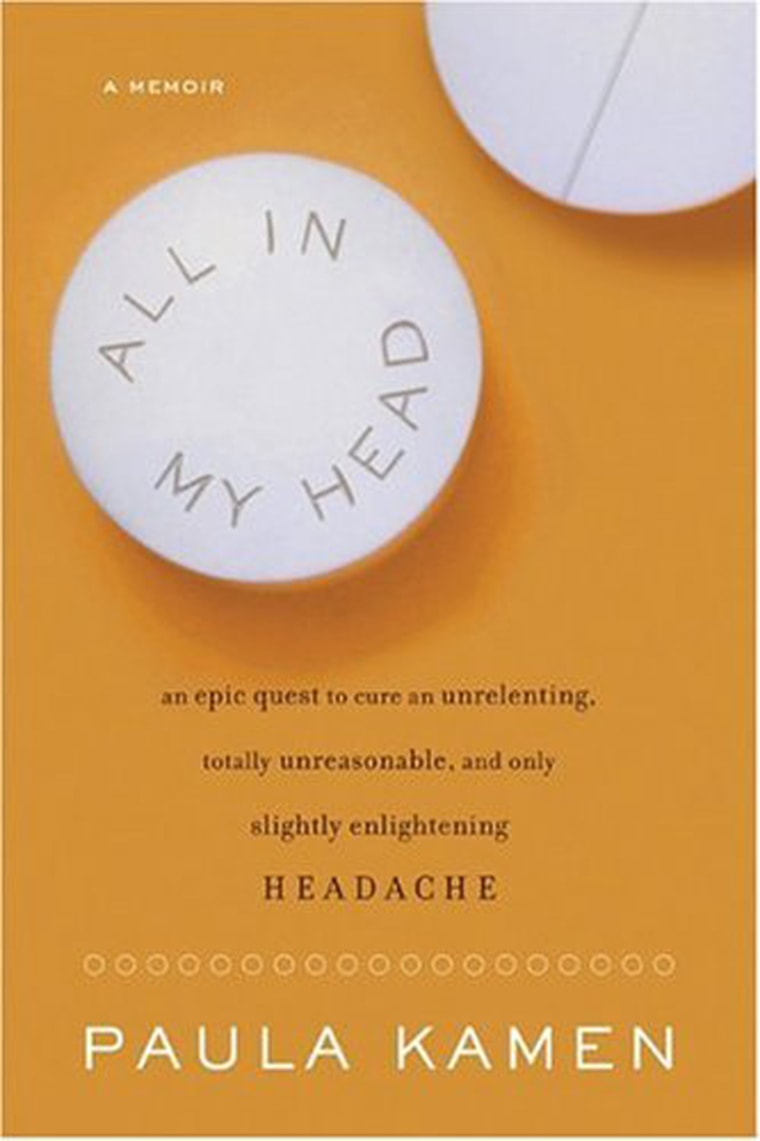
The most frightening thing about Paula Kamen's "All in My Head" (Da Capo, $25) is that what happened to her could happen to any one of us. While putting in a contact lens one day, she was suddenly stricken with a horrible pain, worse than any headache she'd ever had. More than 10 years later, she still suffers from that very same headache.
For those of us lucky enough to never suffer from chronic pain, that alone is almost impossible to believe. For those of us with somewhat blind faith in America's medical profession, her story since that day is a frightening maze of medications tried and discarded, doctors consulted, nontraditional remedies investigated and more. Acupuncture, massage, Botox — nothing worked. One New Agey chiropractor puts a burlap sack that supposedly was used in the delivery of a Peruvian baby on Kamen's stomach — how that was supposed to help her headache is anyone's guess. Kamen has moments when the pain is lessened, but it never truly goes away. What do you do when nothing makes you feel better?
Kamen's personal story, and her quest for relief, is fascinating. Unfortunately, she fills out the book with long dissertation-type sidebars, as if turning a personal memoir into the ultimate book on chronic pain. I would have liked to just stay with Kamen's own story, which is told so vividly that at one point I dreaded picking up the book, convinced that just reading about her headache would somehow transfer it to my own head. —Gael Fashingbauer Cooper
And the Oscar goes to...
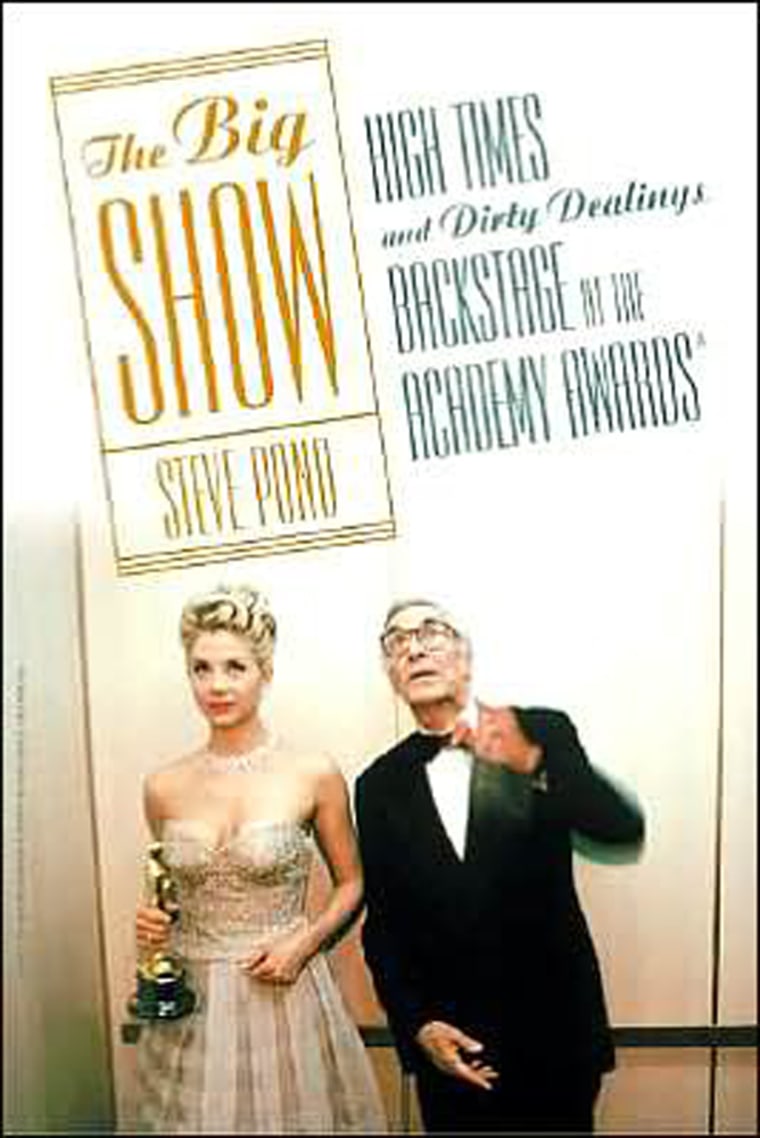
As someone who religiously sits down and watches the Academy Awards every year — even when I know a movie I hate is going to win (ahem, “A Beautiful Mind”) — I enjoyed soaking up the backstage scoop from Steve Pond’s “The Big Show: High Times and Dirty Dealings, Backstage at the Academy Awards” (Faber and Faber, $26). Premiere magazine readers may be familiar with Pond’s yearly behind-the-scenes articles. He’s been writing each year since 1995, when “Schindler’s List” took home the big prize. The book is more than a compilation. Pond tells the full story of the show in all its wonderful or awful glory.
The fun of this book is, of course, getting a glimpse of when things go wrong. The chapter about the year David Letterman hosted is one of my favorites, if only because we find out that Letterman was enjoying his hosting stint about as much as the audience. At one point he tells Clint Eastwood, “I feel like I sort of want to go home.” Little moments like those that make Pond such a compelling story teller. He completely gets out of the way and lets readers view events as they unfold.
The book offers a lot of behind-the-scenes tidbits, yet manages to not feel overly gossipy. Perhaps that's because Pond really seems to love the awards and does his best to show how hard producers like Gil Cates, Quincy Jones and Laura Ziskin sweat out the details. Pond also gives a good abbreviated history, explaining why this year’s awards called the 2004 Academy Awards even though they take place in 2005 ('cause that’s how the Academy wants it, folks!).
For movie lovers, this book should be a hit — and it'll forever affect the way you tune in on Oscar night. —Paige Newman
He’s my brother
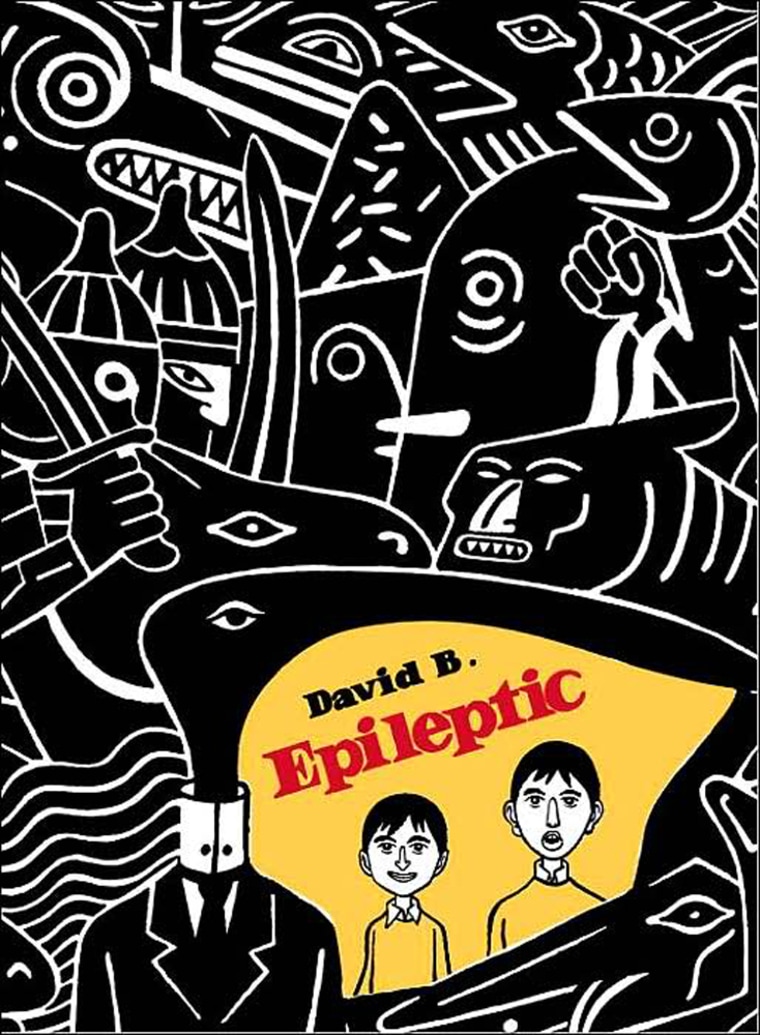
Graphic novels are more than comic books for adults. Sometimes a combination of pictures and words can tell a story that words alone simply can't manage. Such is the case with the astounding "Epileptic" by French comic artist David B. (Pantheon, $25). The author tells the story of growing up with an older brother, Jean-Christophe, who began suffering from epilepsy at age 11.
His desperate parents tried everything to cure their son, including macrobiotic communes and a pilgrimage to Lourdes, but nothing works. And the lives of David (then called Pierre-François) and his sister Florence are forever twisted and changed by their brother's illness.
The author is helpless to help his brother, but he creates his own world that he can control, drawing endless pages of bizarre monsters and battles. Those scenes seem to pull the reader away from the Jean-Christophe plotline, but yet they're a vital part of the book. Despite the title, this is not Jean-Christophe's story alone, it's the story of a family, fighting to stay together when a monster declares war against it. His artwork is sometimes comic, sometimes fierce, but always complex, always stark. Don't confuse this with a comic book: The drawings demand as much focus as the story.
In a heart-rending epilogue, Jean-Christophe and the author ride horses through David B.'s drawings and have a heart-to-heart about how epilepsy colored both of their lives. It seems as if this discussion was a wistful version of a talk David B. wished they'd had. Perhaps the book is that talk given substance. —G.F.C.
Life on the Midway
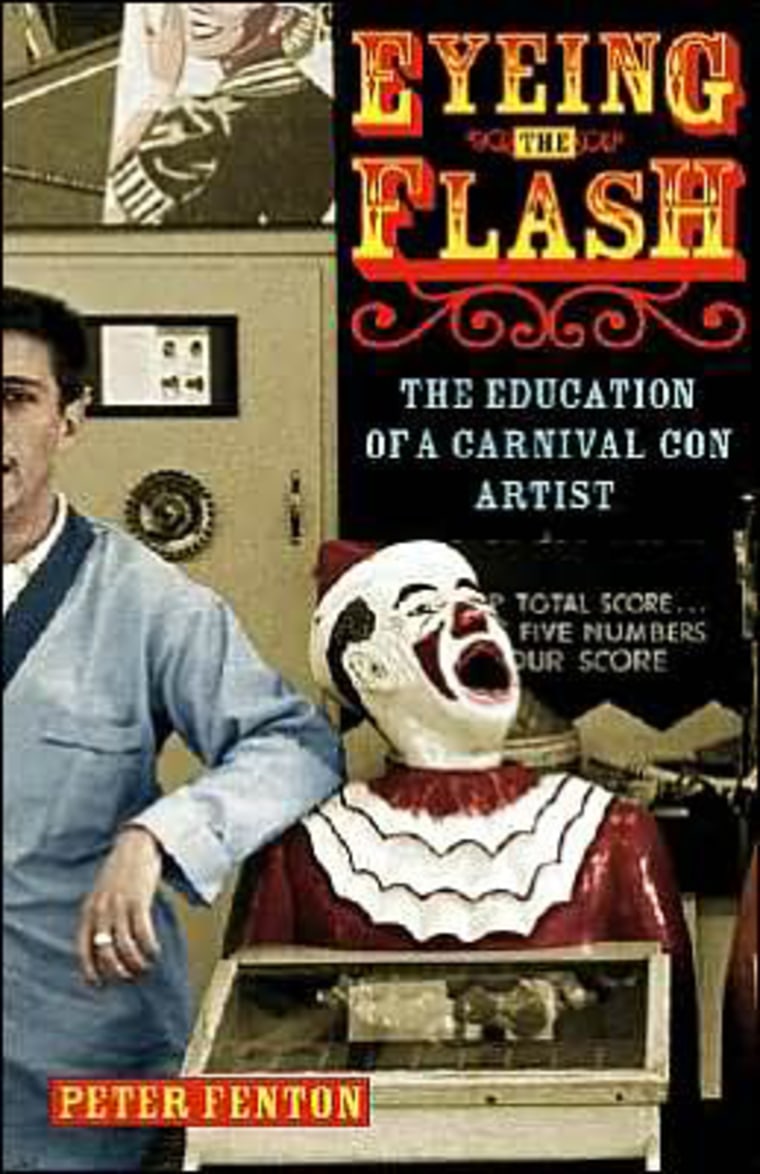
Talk about a title ripe with juicy promise: Peter Fenton's "Eyeing the Flash: The Education of a Carnival Con Artist" (Simon & Schuster, $23) takes readers into the fascinating world of small-town carnies. Fenton is just 15 when he meets a classmate, Jackie Barron, whose parents own Party Time Shows, a traveling midwestern carnival. It's not clear why Jackie takes Peter under his wing, but he does, and Fenton leaves his own messed-up family for the family of carnies.
There are great images in "Eyeing the Flash," including one where Fenton buys out an entire liquor store's selection of Coke — he's hunting for the rare defective bottle that is lopsided enough to give the house an advantage in a sideshow game. And in numerous scenes, readers are treated to a blow-by-blow account of Fenton working cons on hapless marks. Yet those marks are average Joes like you and me, parents and spouses and friends, and no matter how greedy they are, it's hard not to squirm while reading about them being cheated out of hundreds of dollars.
Fenton's not an irresistible narrator. You're never sure if you should like him, you know you would never trust him, but who can resist a chance to go behind the scenes in his mysterious, Technicolor land? Occasionally his choice of details seems random (he loves to eat steak fat, fried till black) but other times, the language is so rich you can almost smell the foot-long hot dogs.
You wonder how much of the book is actual memoir — Fenton did write for the National Enquirer, after all, and much of the dialogue seems recreated — but if any of the book is a con, it's a cheerful one. —G.F.C.
Heaven for movie lovers
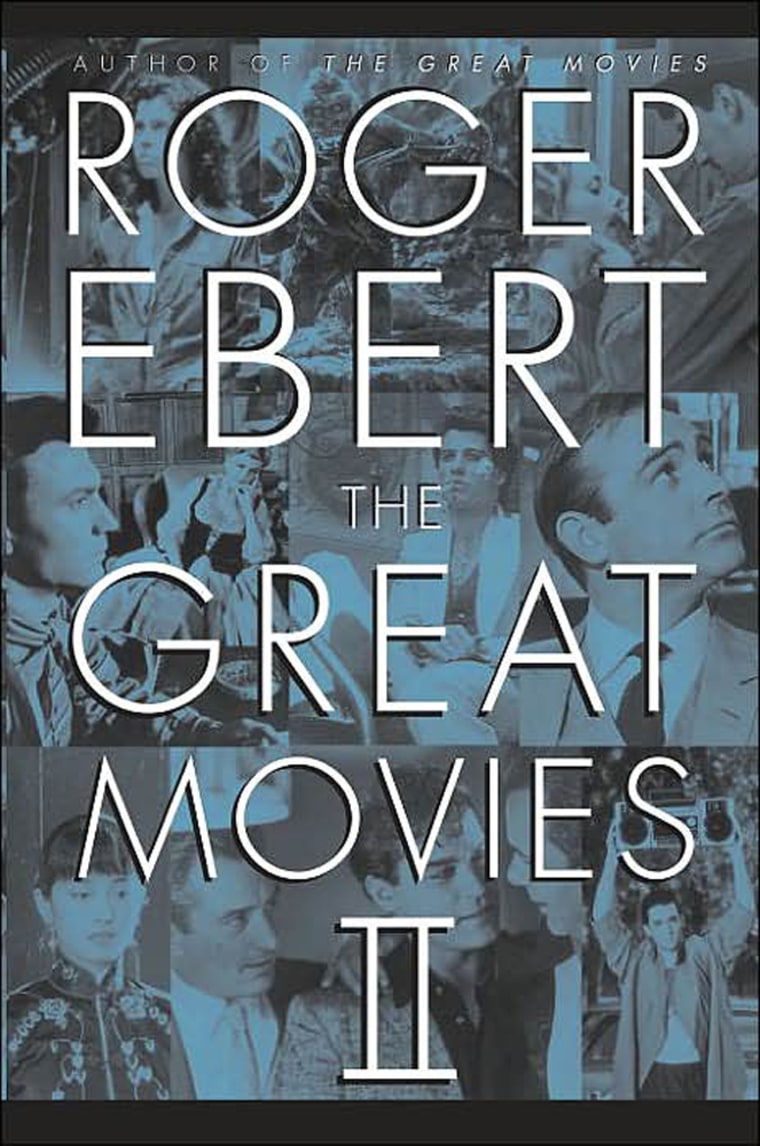
It’s clear that Roger Ebert loves movies. He’s been a Chicago Sun-Times film critic since 1967 and sponsors a yearly festival that honors overlooked films. In his latest book of essays, “Great Movies II,” (Broadway, $29.95), Ebert examines 100 films. The movies range from mainstream fare such as “A Christmas Story” or “Say Anything” to more obscure films such as “Ugetsu” and “Rififi.” The films aren’t ranked and they aren't any better or worse than those in Ebert's earlier book, "Great Movies I." These are just movies that, as Ebert says in his introduction, he could not bear the thought of never seeing again.
Don't expect standard critical reviews. These are truly essays about each movie. In some cases, Ebert provides lively background about the film, as in his essay about 1938's “The Adventures of Robin Hood,” in which he talks about how the filmmakers originally wanted to cast James Cagney instead of swashbucling Errol Flynn. In his essay about “Saturday Night Fever,” he talks about what drew his late friend, critic Gene Siskel to the movie — Siskel actually owned the original John Travolta white suit. Other times, Ebert speculates on a movie's meaning, as in his essay on the original “Manchurian Candidate,” in which he talks about the possibility of Janet Leigh’s character being another operative.
As a movie-lover, it’s just plain fun for me to read essays that come from someone as passionate about movies as Roger Ebert. I found myself instantly making a rental list of films I hadn’t seen and wanting to re-watch those already on my shelf. A must for any film lover. —P.N.
Putting pen to paper

"Love Letters Lost" (Babbette Hines, Princeton Architectural Press, $20) was published in time for Valentine's Day, but this colorful book can be appreciated year-round, by those in love and those who wish they were.
Hines hunted eBay, flea markets and other sources to round up love letters of all stripes. Some predate the Civil War, others are from the 1950s; some are beautifully calligraphied, others hastily scribbled. For the letters that are faded or otherwise hard to read, Hines reproduces a part of the actual letter, but also reprints the text so it can be read. Mixed in are vintage photos of happy couples from years past, though that's a little confusing — a photo opposite a certain letter doesn't depict that couple, although it seems that it should.
Some of the letters are funny, some are bold declarations of love. Some will break your heart, especially the letters written from soldiers in the Civil War, World War II and Korea. Some apologize for a long-ago slight. But what shines forth from the majority of them is a quiet, bouncing happiness. Said one J.L. Slagle to Miss Ada in 1890 "Had I the eloquence of Cicero or the pen of Burns, it would be impossible for me to tell you half the love I have for you."
You just did, J.L. You just did. —G.F.C.
Love match
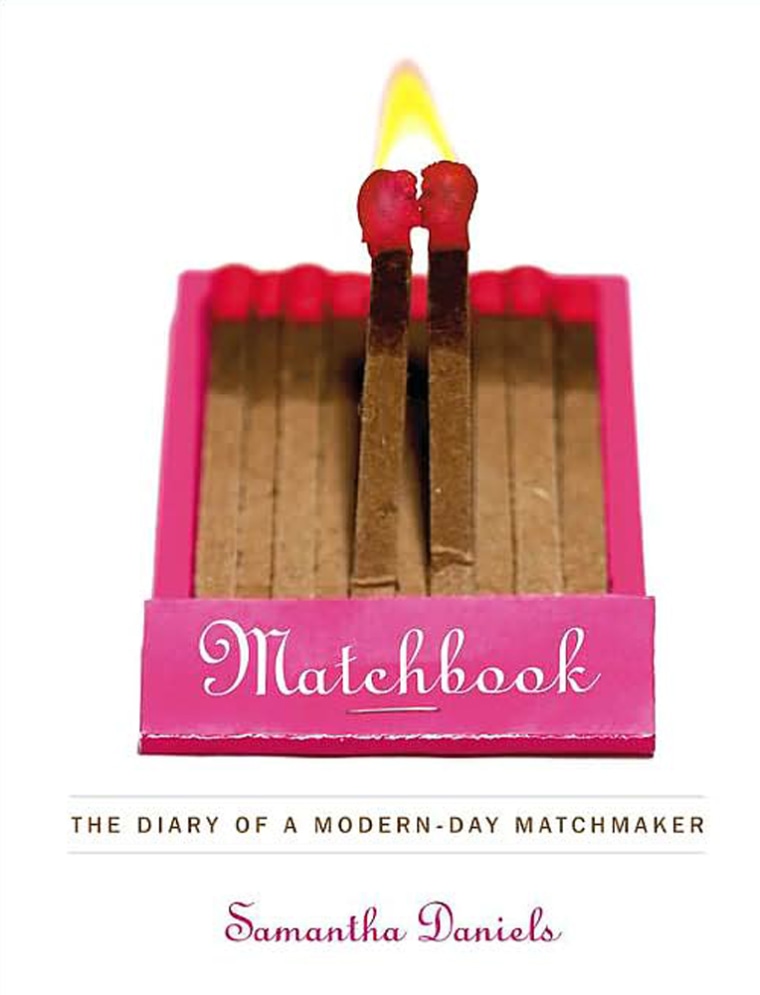
A short-lived 2003 TV series starring Alicia Silverstone, "Miss Match," was based on the real life of NYC matchmaker Samantha Daniels. The show didn't last long, but Daniels has now poured her experiences into a book "Matchbook: The Diary of a Modern-Day Matchmaker" (Simon & Schuster, $23). The show was pretty predictable, but if only it had been based on Daniels' book, it might be a hit for years to come.
"Matchbook" starts blazing on page one and never lets up. Daniels dubs her clients "Desperados" and gives them all nicknames. "Brad Pitt Guy" constantly asks her if Brad Pitt would date the women she wants him to meet, while "Miss 39" is having a freakout as her 40s approach and she's still single.
While she's a professional matchmaker, Daniels is still single herself, so interspersed with hilarious accounts of the Desperados are tales of Daniels' own often-disastrous dates. (Daniels would be a picky client for any matchmaker — she refuses to date one man because he has horrible cuticles, another because he has three tattoos.)
The book works so well because Daniels' own charm and sense of humor light up the pages. Instead of being snooty or pushy like "the Maries" (her name for New York's other matchmakers), she is learning as she matches, and isn't afraid to share her own insecurities, about both matching and dating, with the readers (though her clients never catch on). "Matchbook" is a happy story, as a whole. Although not everyone finds Mr. or Ms. Right in the end, we're reminded that there are good people out there looking. Daniels is a great guide to the weird and wonderful world of dating. —G.F.C.
Lost romance

Much has been written about F. Scott Fitzgerald and his relationship with his wife Zelda. But even devoted fans of "The Great Gatsby" might not know about Fitzgerald's first love. "The Perfect Hour: The Romance of F. Scott Fitzgerald and Ginevra King, His First Love," (by James L.W. West III, Random House, $25) is a slim volume that makes the most of slender material.
Fitzgerald and King did not have a long, drawn-out romance. After they met in January 1915 at a party on St. Paul's famed Summit Avenue, King returned to her East Coast boarding school and Fitzgerald to his sophomore year at Princeton. Yet the charming rich girl had made such an impression on the budding author that she later inspired numerous of his fictional characters, including Gatsby's lost love, Daisy Buchanan.
Readers are lucky that most of the romance was conducted on paper, in long (sometimes 24 pages) letters to which both King and Fitzgerald appear devoted. Fitzgerald's letters no longer survive, but King's offer a fascinating look into a vanished world. She used her letters to cajole and flirt with a literacy missing from what few letters we send today.
Fitzgerald and King both married others, of course. Neither led a charmed life. Fitzgerald's personal woes are well-documented —Zelda died in a fire after years in mental institutions, Fitzgerald struggled with debt and alcoholism and died young. King married a family friend she would later divorce; and their second son was born with Down syndrome at a time when such a condition was considered shameful.
Yet because their romance was conducted almost entirely on paper and in their minds, the two never forgot each other. Fitzgerald admitted that he'd based numerous characters on King, most often in short stories, but also in "Gatsby" and "This Side of Paradise." She remained forever a dream, the rich girl his poor boy could never have, the green light at the end of Gatsby's dock. —G.F.C.
Gael Fashingbauer Cooper is MSNBC.com's Books Editor. Paige Newman is MSNBC.com's Movies Editor.